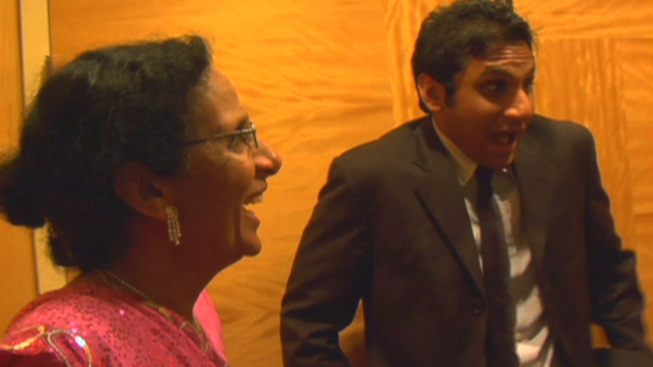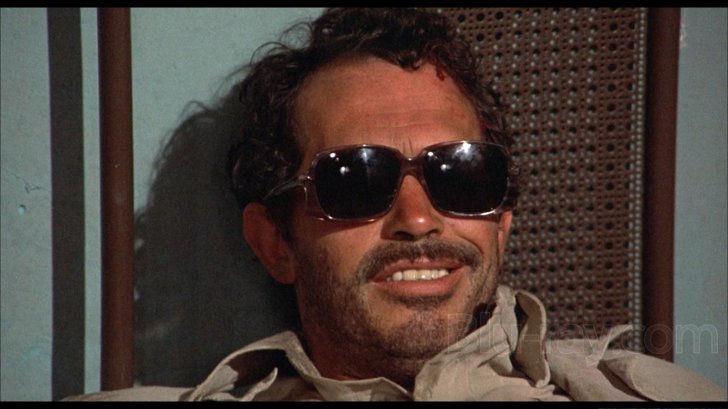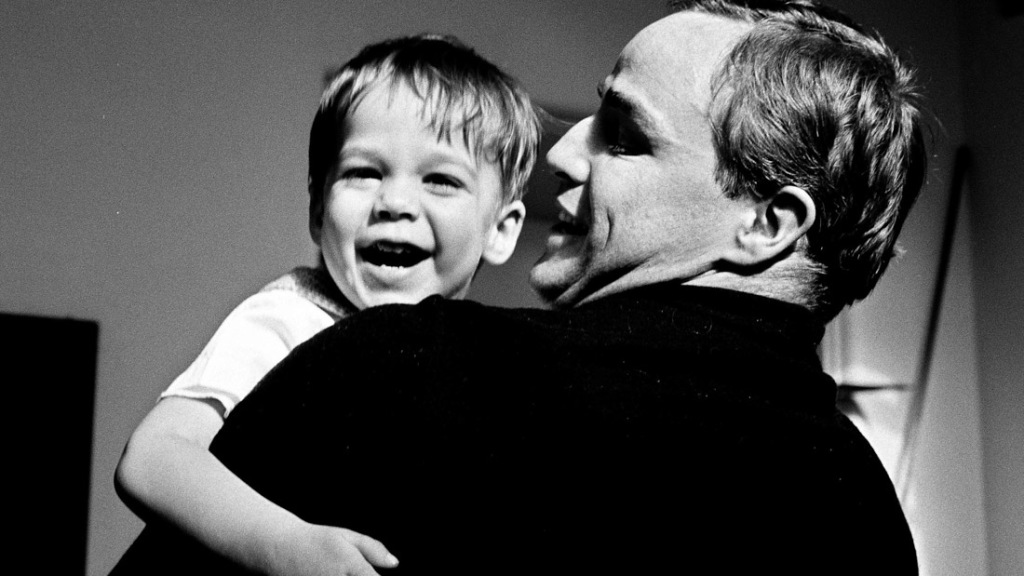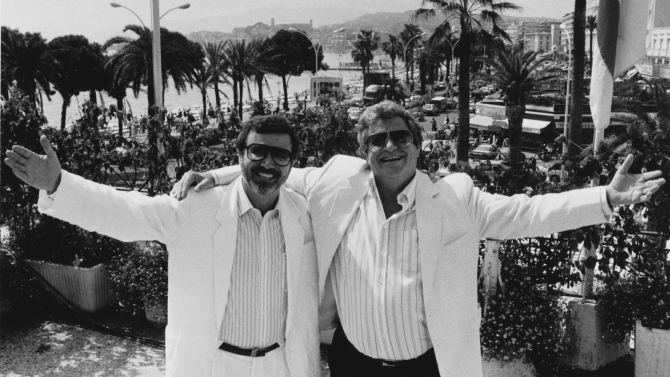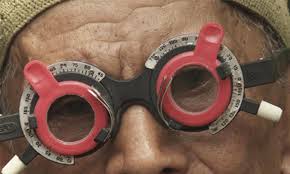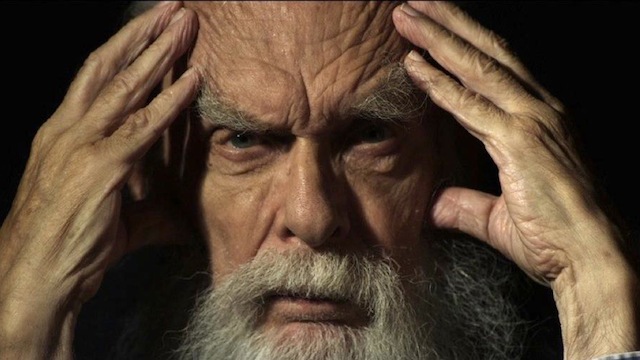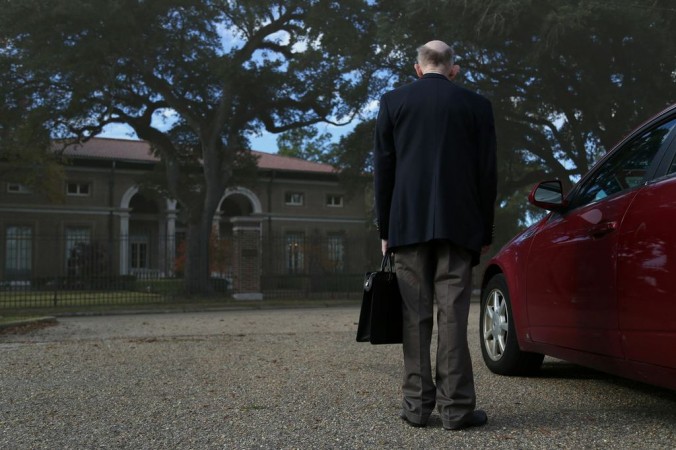The first two-thirds of Alex Gibney’s documentary Steve Jobs: The Man in the Machine provides us with remarkable insight into the personal life of Apple co-founder Steve Jobs. We see plenty of evidence that Jobs was obsessively driven, a marketing genius, consumed by self-absorption and a nasty bully.
Gibney brings us an interview with the mother of Jobs’ first daughter (who he initially refused to acknowledge). We also hear from their roommate (and presumably Apple’s #3 employee), who articulates the movie’s theme:
How much of an asshole do you need to be, to be successful?
There’s no question that Jobs qualifies as a jerk of singular proportions – grudgingly agreeing to $500/month in child support at the moment his wealth zoomed to $200 million. And calculating the IPO stock awarded to his former roommate (“How about I give him zero?”).
We hear from the daughter herself (off-camera), with whom Jobs eventually kindled a relationship. And we hear from the members of the executive team responsible for Apple’s resurgence, including the guys who brought us the iPod and iPhone. We do not see Apple co-founder Steve Wozniak or the family from Jobs’ second marriage.
How did he get to be so driven? There are insights in what molded him, especially his feelings about his adoption. What made him a genius? Not so much on that one.
In the final third of the film, Gibney piles on. But it’s not a shock to hear about a Silicon Valley CEO enriching himself by back-dating stock options or exploiting Chinese workers. It ‘s more telling to find out Jobs reveled in parking in handicapped spaces.
There’s a major Hollywood biopic about Jobs coming out in just two weeks: Danny Boyle’s Steve Jobs, starring Michael Fassbender in the titular role.
Alex Gibney is one our very, very best documentarians. He won an Oscar for Taxi to the Dark Side, and he made the superb Casino Jack: The United States of Money, Enron: The Smartest Guys in the Room, Client 9: The Rise and Fall of Elliot Spitzer, Mea Maxima Culpa: Silence in the House of God and Going Clear: The Prison of Belief. Man in the Machine doesn’t rise to the level of those films, but it’s worthwhile to those already interested in its subject.
Steve Jobs: The Man in the Machine is in theaters and also available streaming from Amazon, Vudu, YouTube, Google Play, and, of course, iTunes.

